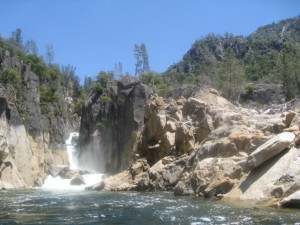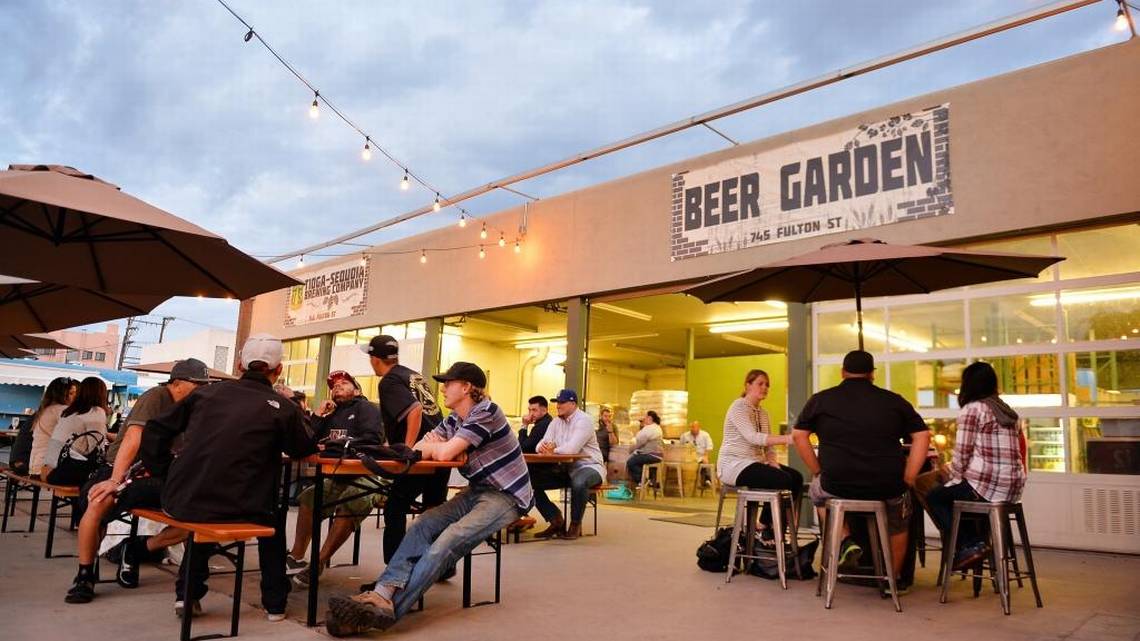Our world is a beautiful place, but it’s also fragile. Many people give little thought to the idea that our earth may come to an end because of a change in how the world originally functioned. Along with the Ice Age, global warming, and change in ocean currents, climate change is often said to be false. Many people today are not aware of this change in the world, leaving them not only ignorant to the importance of the matter, but also unprepared for its effects. What will make you believe?
I was curious what my friends knew about climate change, so I asked a number of them, “What do you think of when you hear ‘climate change’?” Daniel, of southern California said “It’s the weather changing.” Lucas, who lives in Fresno, said it is “changing conditions…” By definition, climate change is any long-term significant change in the weather patterns of an area. For example, the heavily traveled Yosemite National Park wasn’t always how it is today.
I visited Yosemite from June 7-10 and also again from June 19- July 1st of this year as part of the WildLink Bridge program. My Yosemite experience and lessons taught me more about the first Ice Age and how another may soon arise due to the effects of humans. Much of what I learned came from a lesson taught by Yosemite Institute instructor Naomi Heindel.

Heindel taught about the Milankovitch theory, explaining concepts like the eccentricity cycle and the precession cycle. She said the way the earth moves explains much about climate change, and applied these principles to Yosemite.
Using what I learned from my instructor’s lesson, I asked my friends, “What do you think the effects of climate change are on the world?” and the answers I received were surprising. Lucas replied with “The world is going through massive changes.” Daniel had a different response: “The change will affect animals that migrate and plants that can only withstand certain conditions and farmers will have trouble producing enough crops.”
The first Ice Age was said to have occurred due to “The Great Oxygenation Event,” when the atmosphere became more enriched with oxygen. Scientists suggest carbon dioxide helped in blocking out the sun’s rays, plummeting the earth’s temperature. The cooling effect of this carbon dioxide contributed to the formation of glaciers and sea ice.
The increase in oxygen may have also lead to an increase in stratospheric ozone, A.K.A. “sunscreen,” which blocked out more harmful UV rays from reaching earth.
Many natural occurrences contribute to how the atmosphere and world climate is changing. Volcanoes play a huge role, because the ash causes a barrier between the earth’s surface and the sun’s rays. This barrier evidentially leads to drastic cooling. Sun spots are also cause climate change because, according Naomi, they can “change the amount of energy in a specific part of the sun.”
Naomi also taught me how a small change in temperature can cause a huge effect. Millions of years ago the average temperature of Yosemite was 54° F, but a rise in carbon dioxide caused a change in temperature by a mere 10°. This slight change caused the Ice Age and massive glaciers in Yosemite.
When the ice began to melt, it started to shift through the valley. The ice of the glacier was mixed with water and rocks. This mixture carved and polished the U-shaped Yosemite Valley, sculpting it into what it is today. Massive granite rocks such as Half Dome, El Capitan and the North Dome stand thousands of feet tall, all smoothed due to the glacier.
This discovery had a great impact on my outlook on climate change. I learned a new piece to the puzzle about the earth, and I was able to take these discoveries home with me. So for those who say, like my friend Lucas, “I don’t think it’s [climate change] good or bad…”, think twice about how climate change has, can, and will change us humans. And who should be aware of this great discovery? I asked my friends, and they responded: “Farmers” (Lucas), “Environmentalists” (Daniel), and as my friend Earvin Cazares from Los Angeles said, “Everyone should be aware so we can do something about it.”
Before my adventure, nature wasn’t a big deal for me. Spending time in Yosemite, smelling the fresh air, seeing the open space and knowing that this belongs to me made me realize that it is my duty as a citizen to not only be an ambassador for the park, but to also do my job to protect this beautiful place.
You won’t realize how valuable and lucky you are to have Yosemite, Kings Canyon or Sequoia National Park in your backyard until you experience what it has to offer you. I did, and it changed me.


